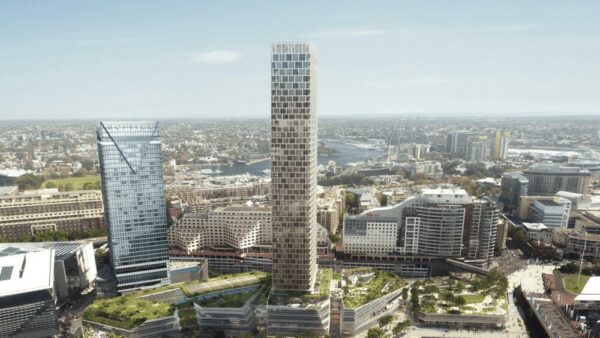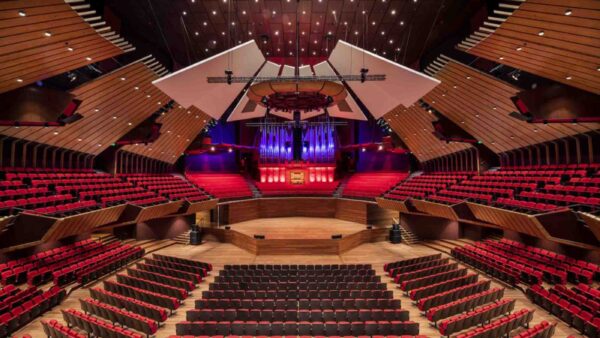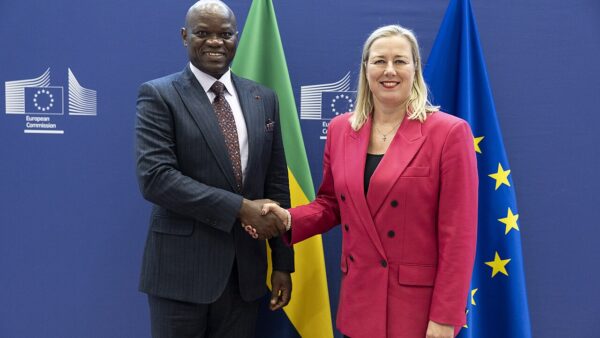Meant to be an iconic route to a more connected and prosperous future, a brand new highway financed and under construction by China has become a headache for the tiny Balkan country of Montenegro.
Although the first 41-km section through difficult, mountainous terrain is not yet complete, the country of 622,000 people is now heavily indebted to China, and doubts abound over how to fund the remaining 136km, needed to complete the link from the Adriatic port of Bar to the Serbian border in the north.
Now that it’s been started, the politicians can’t stop it – no matter how harmful it might be. And frankly they don’t want to– Mladen Grgic, author of study on the highway
State-owned China Road and Bridge Corporation (CRBC) started work on the first segment in 2015, with completion expected in 2019.
The highway is planned to run from Bar to Boljare on the Serbian border, where it would link to a new Serbian highway to Belgrade, giving the Serbian capital a new route to the Adriatic.
China Exim Bank provided a US-dollar-denominated loan for 85% of the cost of phase one, amounting to approximately $903m at the time, or 19% of Montenegro’s 2017 GDP.
The subsequent appreciation of the dollar pushed the cost up by 13%, so, thanks to that first difficult section, with its grand bridges and tunnels, Montenegro’s debt to China stands at around $1bn, and repayments must begin in 2021.
For bigger countries that may not be much, but the effect is pronounced on a small country like Montenegro.
In May, the International Monetary Fund (IMF) calculated that the phase-one highway loan will push the country’s debt-to-GDP ratio to nearly 80% next year, compared to 59% had the highway stayed on the drawing board.
In the IMF’s view, the Montenegrin government cannot feasibly borrow more to finish the highway, which the IMF estimates would cost an additional $1bn: “Fiscal space does not exist to finance the remaining phases of the highway with debt,” it said.
An alternative would be to attract private cash and make the rest of the highway a public-private partnership (PPP), in which investors recoup their money eventually through toll revenue.
Indeed, CRBC and Montenegro are interested in this option, signing a memorandum of understanding in March for CRBC to finish the highway with loans of $1.7bn (€1.5bn) from China’s Exim Bank.
That move drew criticism from opposition figures in Montenegro, saying it would “lead the country into bankruptcy”.
At the same time, CRBC signed an MOU with Montenegro’s neighbour Serbia for a $1.8bn section of the highway on its territory.
However, a Reuters investigation this week suggests that the PPP option is not commercially feasible either, because projected traffic levels would not give sufficient toll revenue.
Reuters unearthed two feasibility studies on the question carried out in 2006 and 2012, one by by French firm Louis Berger for the Montenegrin government, and the second by US company URS for the European Investment Bank (EIB). Each concluded the PPP plan was unworkable.
“The low current traffic volumes and the weak economic forecasts mean that the economic benefits of the proposed route do not provide adequate return on the investment,” the 2012 URS report said, reports Reuters.
The Montenegrin government remains committed to its highway, however.
According to Reuters, it cites a third feasibility study, commissioned by China Exim Bank and carried out by economics professors at the University of Montenegro.
This study found the highway was viable, the government says, but the study has never been made public.
Montenegrin Prime Minister Dusko Markovic has said the Bar-Boljare highway will be finished at any cost, and has dismissed critics as “disbelievers”, Reuters says.
Others are worried.
“This highway is a big deal in Montenegro. It reminds people of Tito and the days of grand socialist projects in the region,” academic Mladen Grgic, author of a 2017 study on the highway, told Reuters.
“But it’s a trap,” Grgic continued. “Now that it’s been started, the politicians can’t stop it – no matter how harmful it might be. And frankly they don’t want to.”
Image: Concrete pillars will carry the Chinese-built Bar-Boljare highway over Montenegro’s picturesque Moraca river canyon (Ivan Kuznetsov/Dreamstime)
Further Reading:






